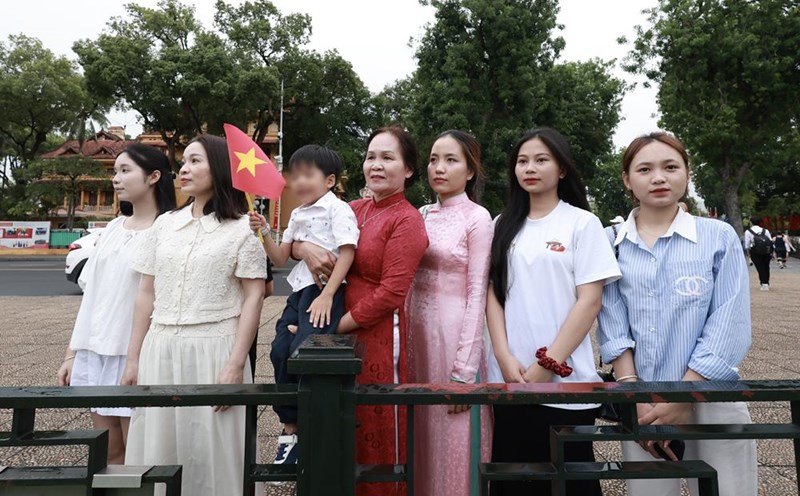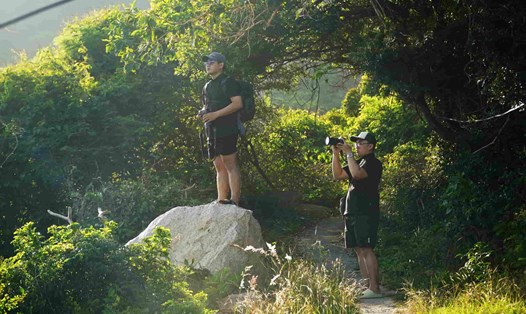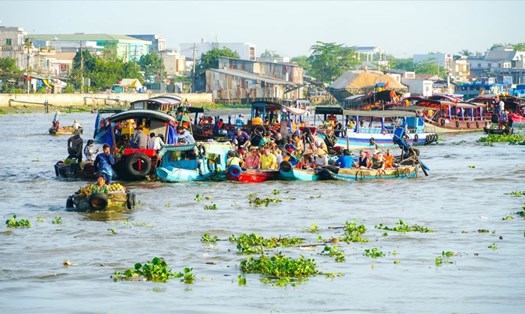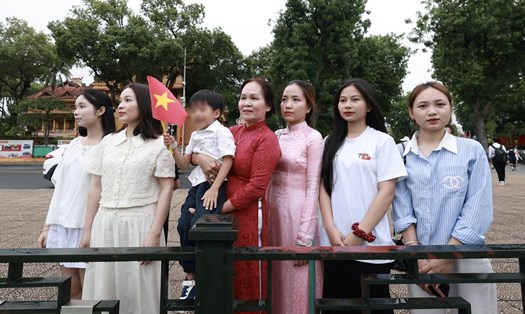stimulating tourism requires close linkage
In the context of the global tourism industry shifting strongly towards sustainable development priority, the conference "Connecting tourism development of some provinces and cities in the Central - Central Highlands Coastal Area" held in Binh Dinh was attended by many representatives of industry agencies, tourism experts and international travel businesses, domestic and foreign investors.
The event was organized by the Vietnam National Administration of Tourism, the People's Committee of Binh Dinh province in coordination with FLC Hotel and Resort Management Company Limited (FLC hotels & Resorts) to update new trends in the domestic and international travel sector, including new business models, applied technology and changes in tourist behavior.
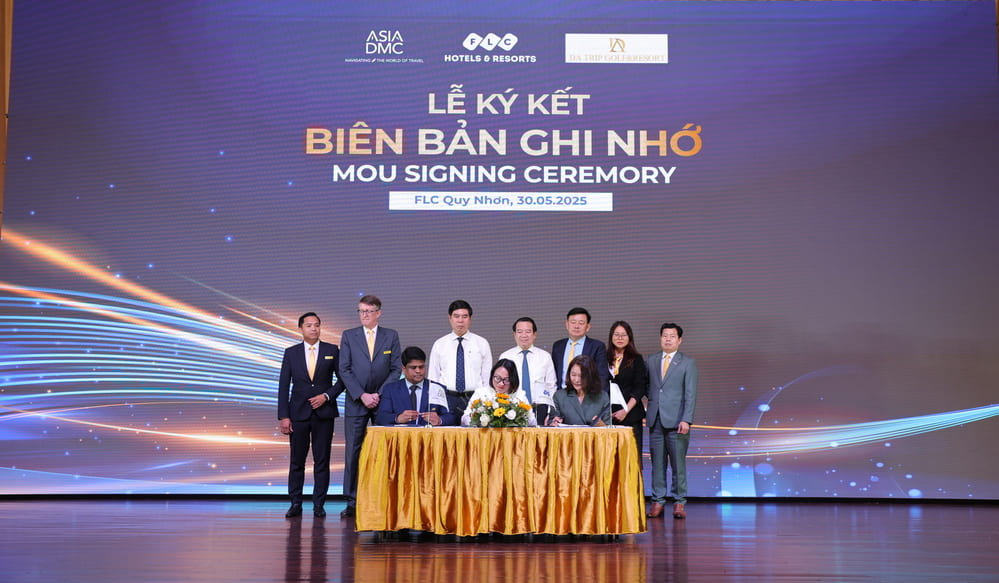
According to Mr. Lam Hai Giang - Vice Chairman of Binh Dinh Provincial People's Committee, the Central - Central Highlands Coastal region has a diverse, unique, potential and rich cultural - natural space. In recent years, Binh Dinh province has synchronously implemented many solutions to gradually turn tourism into a spearhead economy.
Binh Dinh tourism picture has constantly added new, more brilliant and attractive colors to make this place one of the safe and friendly destinations for domestic and foreign tourists.
Binh Dinh has also signed a cooperation program, linking with 6 coastal and Central Highlands provinces, 5 provinces in the Central key economic region in tourism development to form inter-provincial routes and tours; connecting to organize joint events; support cross- promotion of products.
However, Mr. Lam Hai Giang also frankly acknowledged that tourism linkages between localities are still heavy in form, have not created truly different and attractive products, have not mobilized many businesses to participate and still lack an effective and stable coordination mechanism.
Mr. Dinh Van Thieu - Vice Chairman of Khanh Hoa Provincial People's Committee said that the promotion of tourism development in some provinces and cities in the Central - Central Highlands Coastal region must be focused on in the coming time. In particular, each locality needs to focus on building its own brand to build product brands in the region.
On this occasion, the signing ceremony of a memorandum of understanding on tourism development cooperation between localities, businesses and international partners, especially a cooperation agreement between FLC hotels & Resorts and international travel agencies to promote the exploitation of the inbound customer market was also carried out.
Appreciating the signing of this document, Mr. Ha Van Sieu - Deputy Director of the Vietnam National Administration of Tourism also emphasized the importance of tourism linkage activities between localities.
Mr. Sieu said that the merger of administrative boundaries will have changes in management work in the coming time. This is also inevitable but opens up opportunities for localities to transform, change in creativity as well as build tourism products with unique characteristics of each region.
Need to remove infrastructure bottlenecks
At the conference, many discussions were concerned including the implementation of the Central Guideline and Policies in Tourism; The nucleus and development motivation of Vietnam's tourism and the results of cooperation between provinces and cities in the Central Coast region - Central Highlands; Support solutions and policies to facilitate travel businesses and regional tourist routes; Regional links, public -private partnerships in the tour coordination of Da Nang - Binh Dinh - Khanh Hoa route; The role of travel businesses in building inbound value chains ...
Many opinions from travel businesses have come when they are quite concerned about removing infrastructure bottlenecks, especially aviation.
Ms. Tran Thi Kim Qui - Permanent Deputy General Director of FLC hotels & Resorts assessed that in order for the Central Highlands - Central Highlands in general and Quy Nhon in particular to become a destination to attract domestic and foreign tourists, it is necessary to remove infrastructure bottlenecks, especially aviation.
Businesses really need to be accompanied in the process of building a connection strategy, from flight promotion policies to coordinating the implementation of charter flights.
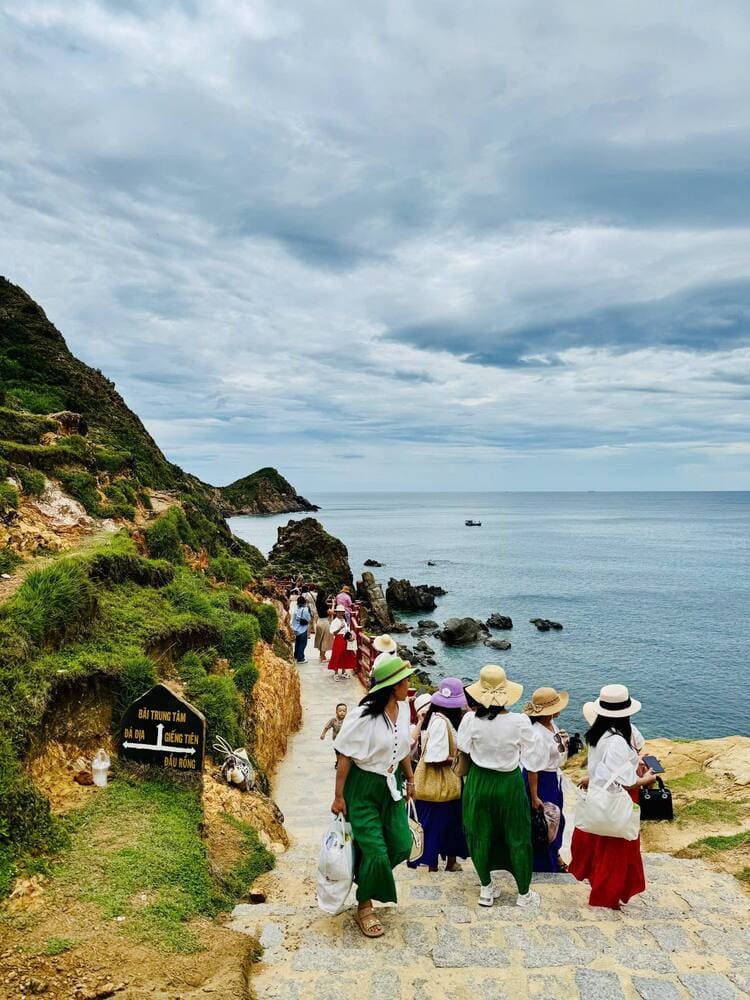
As a destination operator, businesses not only invest in accommodation, services, and experiences but also play a role in connecting customer flows - something that cannot be separated from transportation capacity. When there are no suitable flights, no matter how good the service ecosystem is, it is difficult for us to bring and retain customers" - Ms. Kim Qui affirmed.
Ms. Tran Thi Kim Qui added that in order for businesses to effectively promote their leading role in investment, experience creation and building an international tourism value chain, it is necessary to have a mechanism to encourage businesses to invest in high-quality products and services, towards international standards and sustainable development.
At the same time, there are policies to support businesses in developing cultural - culinary tourism products; train professional human resources, to improve productivity, service quality and the ability to integrate internationally of Vietnamese tourism businesses in the new context.
In addition, it is necessary to build a public-private coordination mechanism in developing connecting infrastructure, especially aviation, through supporting the expansion of the flight network, promoting charter flights and creating conditions for businesses to participate in the process of developing plans to transport international visitors to emerging destinations.
Sharing the same view with Ms. Tran Thi Kim Qui, CEO DA Trip - Choi Young Gill also pointed out that, in order to attract Korean tourists to Quy Nhon, it is necessary to remove some immediate difficulties such as: lack of direct flights from Korea; lack of diverse tourism products; lack of human resources to communicate in Korean; lack of information to promote Quy Nhon tourism...




